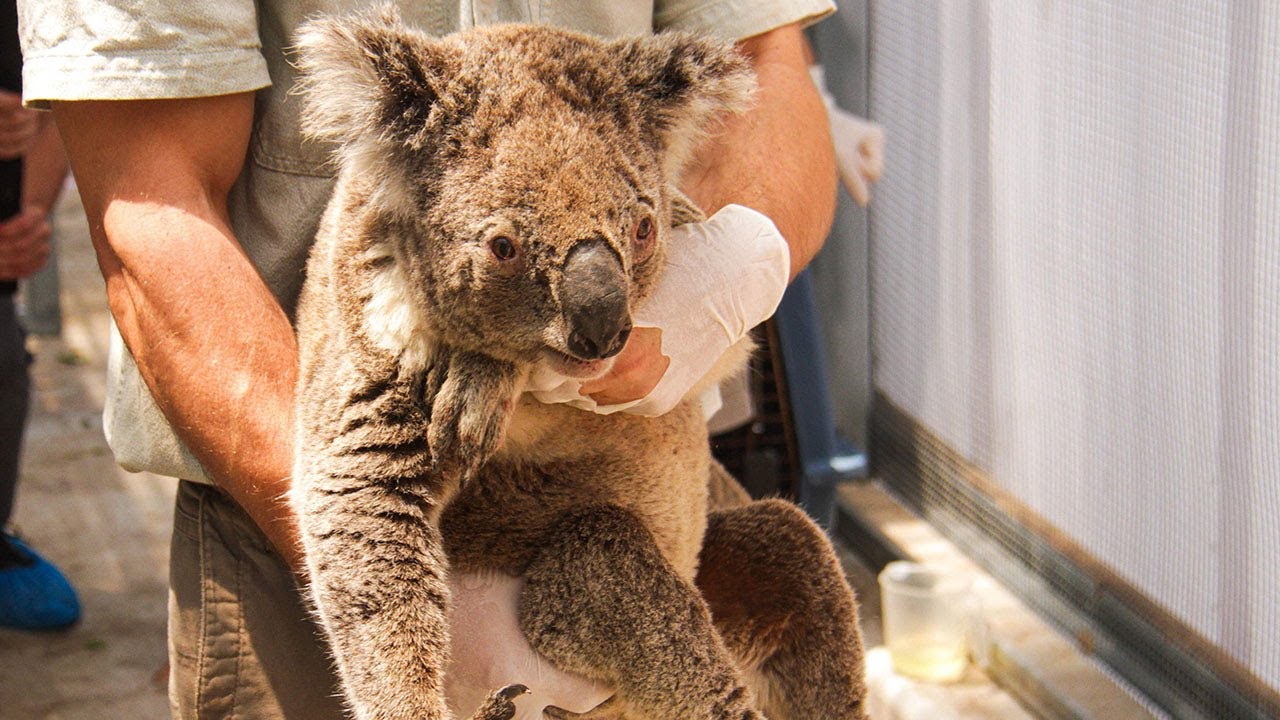11 Dec 2024

Tired Earth
By The Editorial Board

Ecologists have grave concerns for the future of unique and endangered wildlife on Kangaroo Island where bushfires have killed thousands of koalas.
Fires on the island, in South Australia, have so far burned through 155,000 hectares – about one third of the island’s entire area – with blazes concentrated in the biodiversity-rich western areas.
Concerns are greatest for the unique and endangered mouse-like marsupial the Kangaroo Island dunnart, and the glossy black-cockatoo, which have both seen extensive areas of critical habitat burned.
The island’s population of endangered glossy black-cockatoos – a unique subspecies – has been the subject of two decades of community conservation work to bring numbers from as low as 150 in the 1990s to as high as 400 in latest counts.
“A lot of the key feeding and breeding areas on the north coast [of Kangaroo Island] have been lost,” said Daniella Teixeira, a scientist researching the birds at the University of Queensland.
Dr Gabriel Crowley, of the Centre of Biodiversity and Conservation Science at the University of Queensland, has been working on the cockatoo project for 22 years.
Advertisement
She said there was hope at least one flock may have escaped the fires on to Dudley Peninsular in the north-east, but information was still coming in. Those birds may struggle to find food, she said.
The fires had come through at the start of the breeding season when some females would have been sitting on an egg and reluctant to fly away.
She told Guardian Australia: “They have few places to nest and have lost their food supply. Their survival will depend on an intensive recovery effort.
“I’m a bit desperate actually. It’s a very endearing species and each individual is different. Because there are so few, every bird lost is a tragedy. Every breeding female is so important.”
The fires on Kangaroo Island started with lightning strikes in the Flinders Chase national park. Two people have been killed in the fires on the 160km long island, and its farming and tourism industry will be hard hit.
The Kangaroo Island Land for Wildlife organisation has eight sites on private land protecting several endangered species, including dunnarts, goannas, echidnas, bandicoots and the glossy black-cockatoos.
Ecologist at Land for Wildlife, Heidi Groffen, said all eight sites were extensively burned. Cameras used for monitoring had melted.
“People call this place a little Noah’s Ark. The island is a refuge. This is the largest fire we have seen in a long time,” she said.
She said they were already trying to get to conservation sites to find if there were any unburned patches where dunnarts and other species might have survived.
“We are trying to be positive,’” she added.
Sam Mitchell, co-owner of the Kangaroo Island Wildlife Park, told Guardian Australia residents had been delivering injured animals to them, including about 50 koalas.
“At least a third of what has been brought in we’ve had to euthanise unfortunately,” he said. “We are seeing many burns to hands and feet – fingernails melted off. For some the burns are just too extreme.”
Injured kangaroos, wallabies and pygmy possums had also been brought to the park, which was in the process of setting up larger treatment areas for the injured animals.
Koalas were introduced to the island in the 1920s in response to a drop in numbers on the mainland from the fur trade. The introduced koalas were free from chlamydia – a disease prevalent among mainland populations that can cause blindness, infertility and death.
Koalas thrived on the island, and there is a government program to reduce their numbers.
Mitchell said some islanders had considered the koalas a pest as their numbers had grown as high as 50,000. He said “probably more than half” of the island’s koalas would have perished in the fires, but it was “a guessing game”.
Prof Corey Bradshaw, an ecologist at Flinders University, has been speaking to scientific colleagues on the ground and said they had grave concerns for the dunnarts and the cockatoos.
“How this is going to impact the long-term efforts is unknown,” he said, but added: “We have been predicting this for so long.
“It is extreme events – whether it’s drought, flood, cyclones or fires – that drives things to extinction.”
Dr Richard Glatz, an entomologist at the University of Adelaide who lives on the island, said he was also concerned for the rare green carpenter bee.
“All that’s left of the bees are on Kangaroo Island and a few in the ranges near Sydney.”
He said the bees made nests in yacca trees and in the trunks of dead banksias and he was concerned that fire had burned many of the areas where the insect lives.
Glatz, chief editor or the journal Austral Entomology, said he had moved to the island because of its beauty and its stretches of virtually unspoilt habitats that had ancient lineages.
“I’m still processing all this,” he said. “In a way I’ve been thinking more about the people – we’ve lost something like 50 houses and for a small community, that’s huge.”
Source : www.theguardian.com
Comment